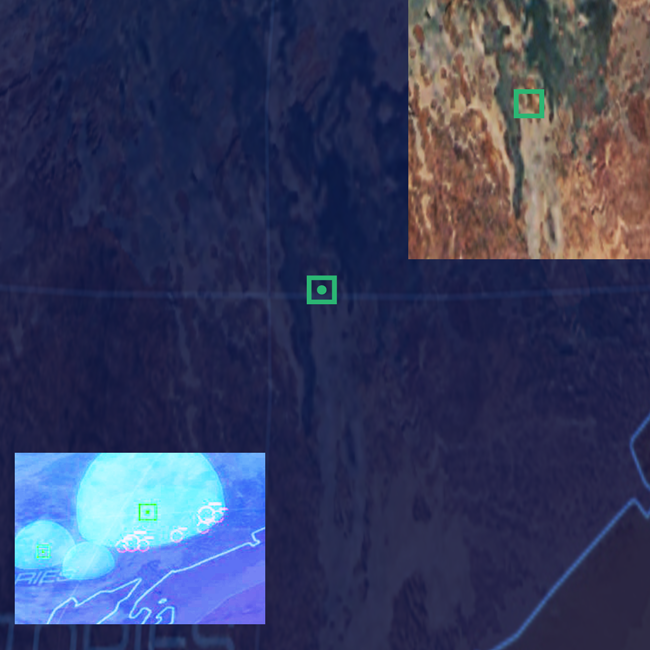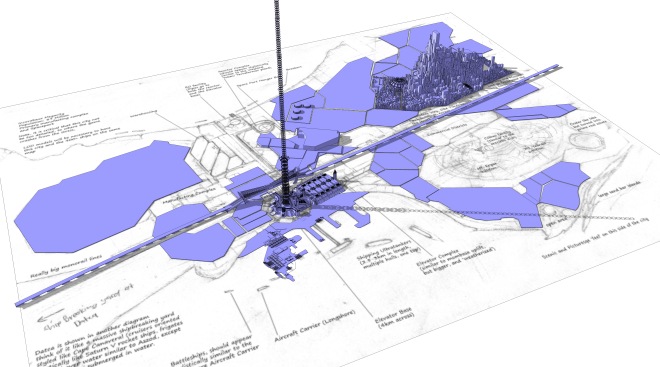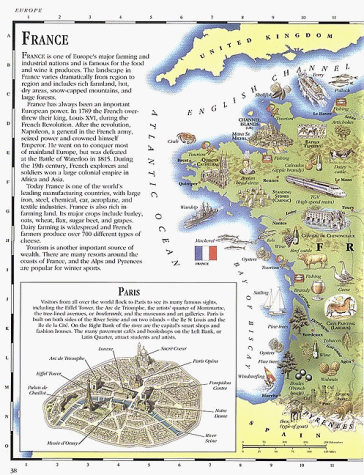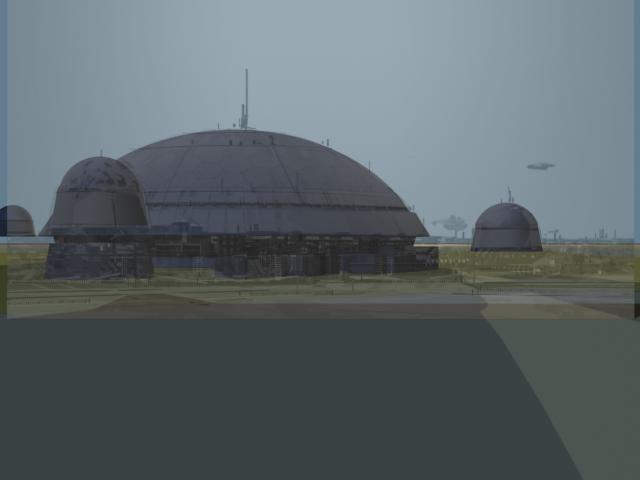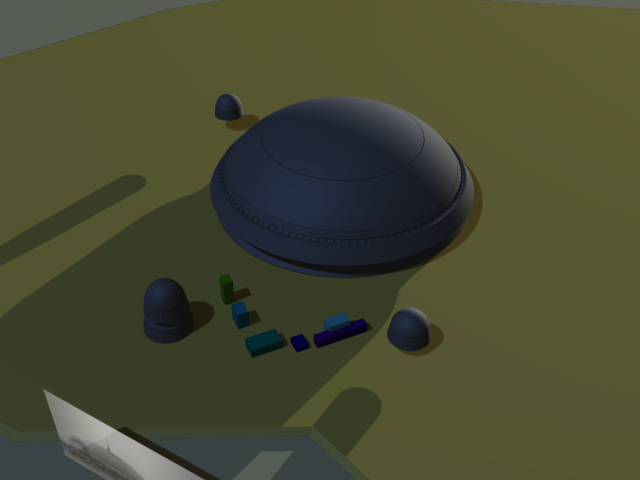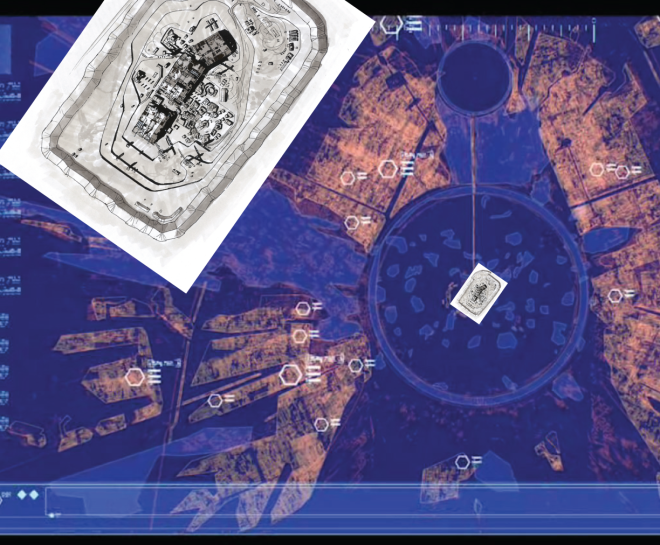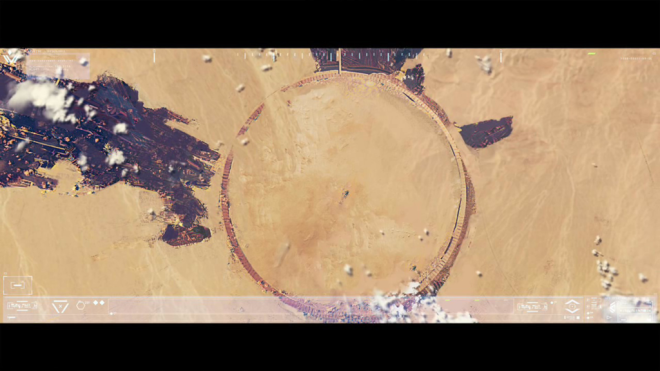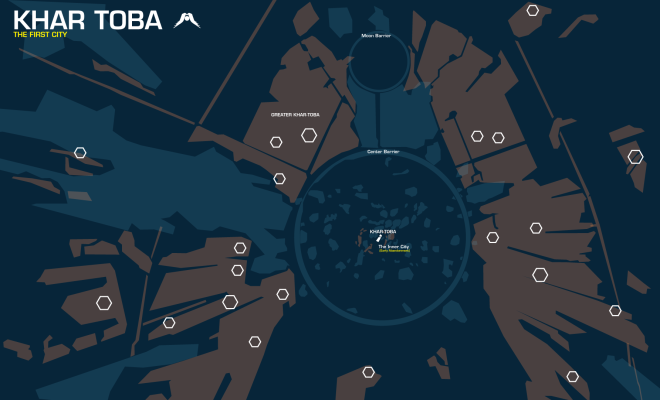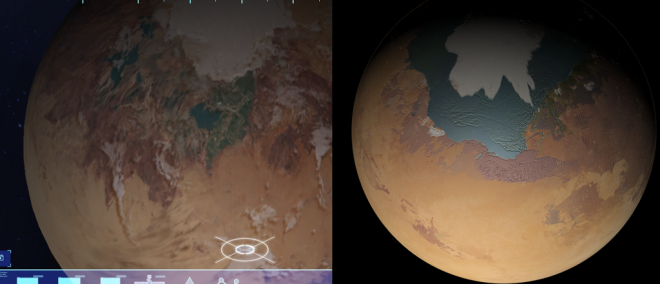Progress on the main map was held up by going through the manuals from Homeworld 1 and Catalcysm to find out all the known places on Kharak and catalogue them. From there, I’ll start to place them on the best physical map we have of Kharak (which I now have! Thanks BBI!)
Might as well list out what I have:
————————-
Homeworld 1 Manual
The Three Northern Seas: One of these, and the largest in the north, is the Salt Sea.
Great Majirian Ocean, Majiirian Sea: The Great Grey Sea, the southern expanse and bounty of the Paktu people. Largest sea-mass on the planet.
Saju-Ka: The artistic gem of Kharak at the time. Contains the most greatest work commissioned in the name of Sajuuk. Every library contained the collective works of the Kushan people. The city would have been swallowed by sand in the early 700s if it were not for the great engineer Gar Nabaal’s network of works. Destroyed in 717
Paktu: Origins were slopes above the salt sea in 462. In 488 they were dispossessed.
The Plain at Albegiido: 490 KDS, the Paktu depart and set sail into the great banded desert on the winds of the seasonal storm, the Chak M’hot.
Hunon Mountains: Paktu lost many members crossing the pass to poisonous water, lizardbite, and rockfall.
Burning Red Canyons of the Hunon: The people despaired, but Paktu then saw a white sea-spirit on the horizon.
The Great Banded Desert: The central desert that rings the planet.
The Southern Federation: Paktu?
The Second Sea: lands on the coast were the origin of the Soban. (Saabel?) Not a blade of grass was left green… the land was green.
The Sparkling Desert: a location beside the Second Sea. Soban desired to lead troops across this body to attack the invaders of their old homelands.
Tiir: Fled from Gaalsien to their hidden valley refuge, blasted into the edge of Khark’s tiny northern icecap
White Desert: 340, along the shores of this desert, is the first mention of the Manaani as “raiders”. There is a “waterside” here.
Ferin Sha: The dancing ground. Nearly 200 miles from the White Desert. Last celebration here was in 513, where the Siidim attacked it with an army.
Cataclysm Manual
Kohntala Mountain Range: Ancestral homes of the Somtaaw. Varied from Fams, dams, and mills, to fortresses and towns. More than self-sufficient of a Kiithid here. Natural barrier between the Siidim and Gaalsien.
- Hameln: Walled city of the Somtaaw. Source of the smelters for ore from the Red Creek Valley.
- Gydeo: Walled city of the Somtaaw. Dome of Heaven is located here.
Lungma Jiin: Roof of the world, the highest known mountain on Kharak at the time.
- The Shimmering Path: 33 temples. Each more inaccessable than the last. The path was closed to outsiders 300 years before the discovery of the Guidestone. Still closed by the burning of Kharak. 675 all but the Oracle of Tala and the Dome of heaven were closed to outsiders.
- Oracle of Tala: First temple on the Shimmering Path
- Dome of Heaven: Seventh Temple, most Kharakid ended their pilgrimage here. 26 more temples up.
- Kuun-Lan: “Purifying Flame”
- Faal-Corum “Silent Wayfarer”
- Clee-San “ Truth Seeker”
- ? Teer-Gig:
- ? Gaal-Ten
- ? Coor-Lan
- ? Naab-Corum
- ? Toet-Coy
- ? Eheb-San
- ? Shuus-nan
- ? Thuuw-Nan
- ? Morrh-Re
- ? Ruun-Aaid
- ? Shin-Clah
- ? Baar-Ett
- ? Gaar-Balhi
- ? Vhenk-Maan
- ? Maal-Nitz
- ? Feng-Yuun
- ? Thul-Lee
- ? Mholah-Ri
- ? Veer-Kah
- ? Eh-Ghoan
- ? Drun-Kyori -27 names including the three canonical ones in the lore
- Temple of the Mysteries: Highest of the Temples. Upper slopes of Lungma Jiin, a blasted ladder of crumbling granite and thin ice and constantly buffeted by freezing gale force winds.
- Kasar Road: Only way into Somtaaw holdings.
- Red Creek Valley: Source of Iron found in the mountain ranges. Bounty of Kuura.
Kasar Desert: At the foot of Lungma Jiin and at the start of the Shimmering Path.
———————
Those who have known me from the Relicnews forums will remember my distaste for Cataclysm’s contributions to the lore, but I find nowadays that I treat it as apocraphal. I’ll take what I want from it and leave the rest as conjecture. BBI has adopted the portion of the lore pertaining to Kharak for the expedition guide, so there’s no reason not to treat it as canon as well.
The long list of names preceeded by ? are all the selection-names from the Motherships and Carriers in Catalcysm (there you could select the names of your ships in your skirmish battles). As the three ships named in Cataclysm were names of temples along the shimmering path, it makes sense that the other names may be other names of those temples as well. Including the three ships, there are 24 names, out of 33 temples. In absence of other information, sure! Why not adopt them as other names for those temples.
Now I need to find a home for them.
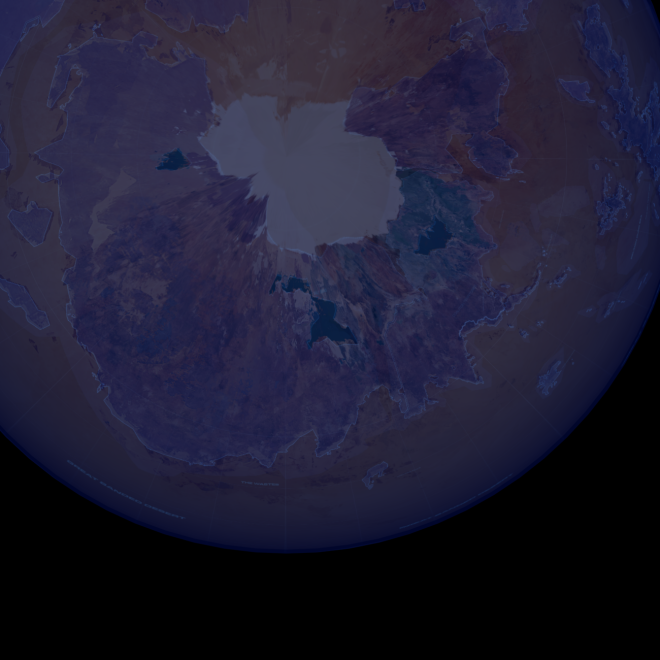
This is the home of the Northern Coalition, and presumably the largest habitable landmass that the Kharakid call home. This is probably the battle ground between the Siidim and the Gaalsien in the heresy wars. Somewhere in here I need to find Lungma Jiin, part of the Kohntala Mountain Range, and with feet at the Kasar desert. Between that are the land-holdings of the Siidim and Gaalsien.
